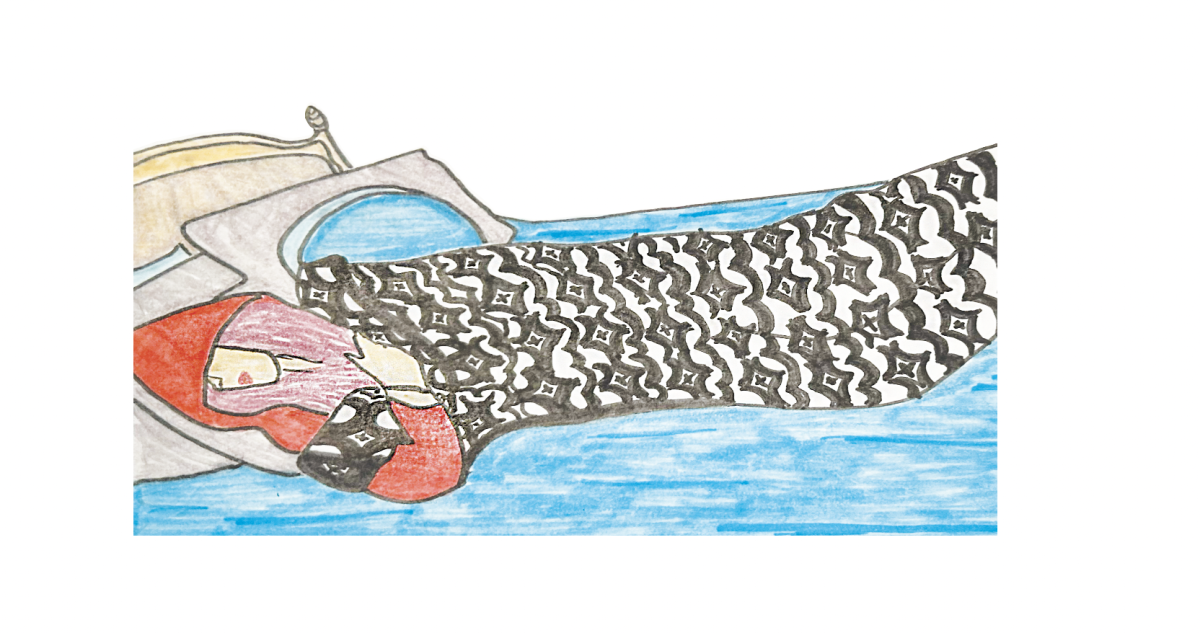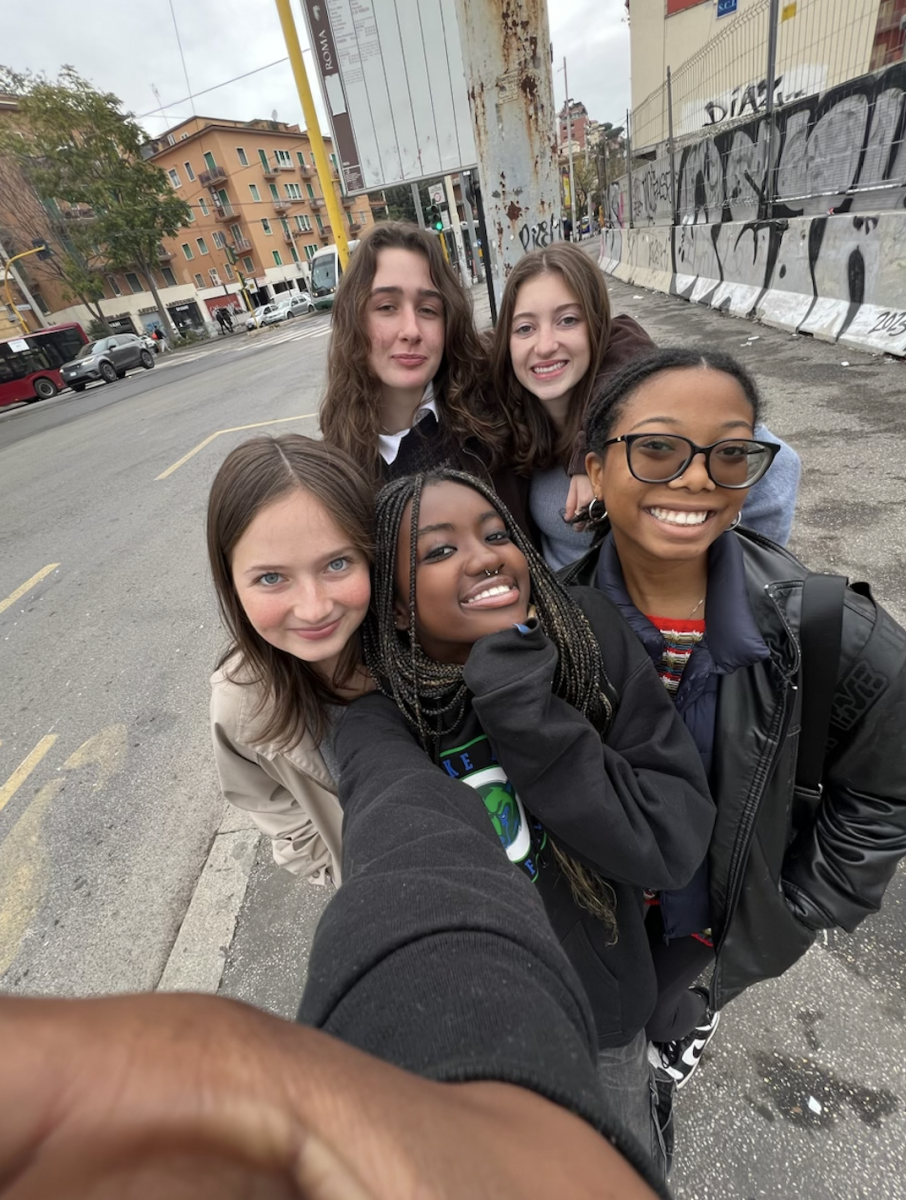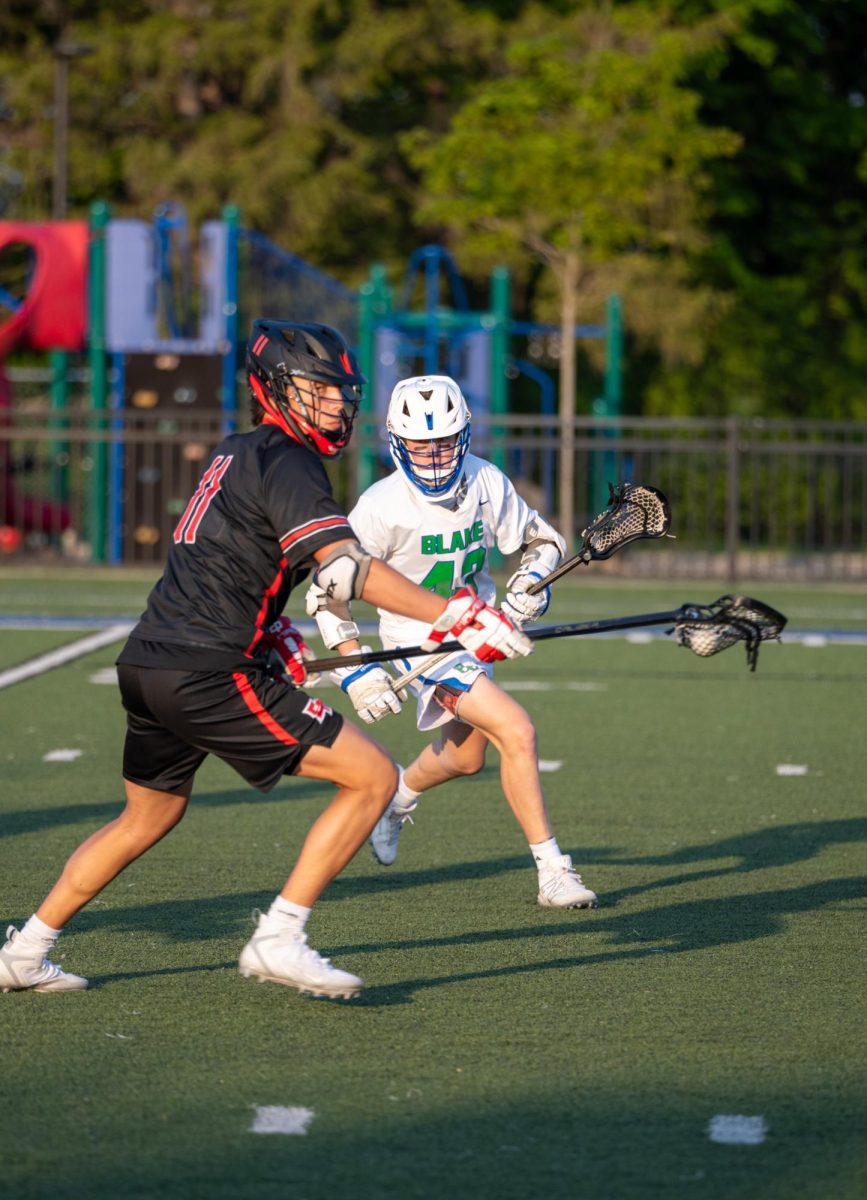In the past few years, the amount of teens who utilize reading for pleasure has seemingly decreased. According to the American Psychological Association, less than 20% of teens report reading books, magazines or newspapers daily for fun. This sudden decrease prompts the question: Why?
According to Christina Chekerdjieva ’21, “The heavy amount of homework and reading that [students] are assigned for school makes reading for pleasure feel more like work.”
Therefore, the decrease in the popularity of reading can be partly attributed to its association to school work, making it less appealing.
For the students that do pass their time reading, Chekerdjieva comments, “There is such a stigma around admitting that youíre a reader because it feels like your admitting that you either have no social life or you’re boring”
The social pressure to adhere to what teens consider “cool” or acceptable is likely rooted in the long-standing existence of stereotypes and the fear of being labeled negatively. Also, the rise of social media platforms and the easy accessibility of viewing what others are doing influences how teens their times.
According to the Pew Research Center, some 45% of teens admit to using the internet and social media ìalmost constantly, making teens everyday lives more accessible, and thus amplifying the pressure for teens to demonstrate an equally interesting and cool life.
If it can be concluded that a large portion of the decrease in teen readers can be attributed to the demanding nature of academics and the social stigma surrounding it, where does that leave the future of reading?
Susan Kreisle comments that, “Steering kids back to [reading for pleasure] is hard because they can already get to information and entertainment from news outlets online and apps.”
Sebastian Hovard ’20 also emphasizes this, saying, “We’re still reading through social media and websites, so itís not as if weíre becoming less informed or losing our reading abilities.”













